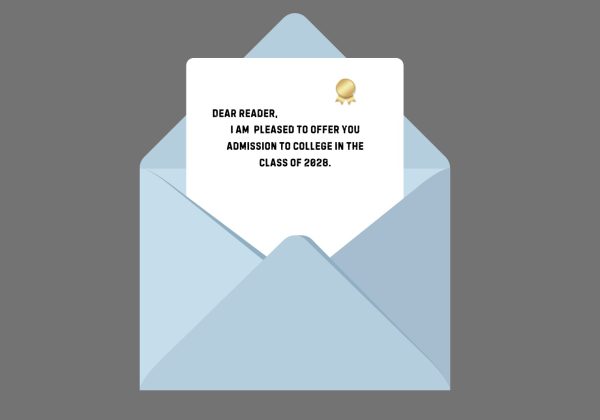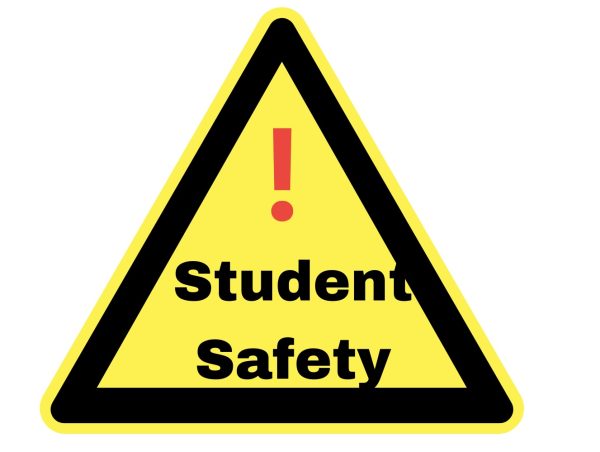Cell phones are becoming a positive aspect of the classroom
Cell phones are a big part of our lives. One of the most asked questions within the school system related to these mobile miracles is, should they be allowed in the classroom? As an avid iPhone user, I plead for our teachers to accept these wonderful electronic tools for the good they can do, as opposed to the disasters that teachers believe they are. Cell phones should be allowed in classrooms because they’re a useful resource and tool for the on-the-go student.
Many students use their cell phones to record assignments and organize their days or weekends; this is very helpful in an educational setting. The upside to having your planner on your phone is that you always have your phone, whereas we have all seen people forget their planners. This seems like such a simple easy and effective tool you can use on your cell phone, but if teachers don’t let you have them out then how are you able to use such an awesome resource? A study by scientists in Georgia showed that the effect of using a cell phone as a resource in the classroom and comes out with a positive result. People who were allowed to use their phones as a planner were more likely to record it and complete it than someone who was not.
Texting a question to a teacher because you’re embarrassed to raise your hand and stop the flow of the class may soon to be the future in classrooms. In a trial in Europe at the University of Hertfordshire, London, UK, people were able to text in a question they had about the lecture onto the class computer, then it would flash on the screen. Completely anonymous, the student feels less “stupid” but still can have a question answered.
Finally, cell phones are a great resource in the classroom. There are many helpful research applications, such as the dictionaries and translators. Also, you can easily look up an uncertain fact by Googling it on a smartphone. With the dictionary application, a portable dictionary is available right at your fingertips and would improve the spelling on handwritten documents. The translator application makes it easy for students to look up words in different languages, and with some applications, hear the word aloud. If everyone with a smartphone had the dictionary or translator application there would be no need to purchase a class set of dictionaries.
Many people may argue that the use of phones in a classroom is distracting and a poor use of resources. We all hear, “back in my day we didn’t have cell phones” every now and then from an adult, but the truth is that it’s not back then; it’s now. This rising technology is improving our way of life and creating a more productive way to learn.
The digital age is upon us and the school system should take it head-on by allowing teachers to grant access to students to use their phone in class as a resource, not a toy. Organization would be easy and more assignments would be turned in and on time; confused students would finally be able to ask their questions comfortably and research apps would improve information access and student craftsmanship. We could use phones to improve our education. These smartphones are called smart for a reason.
Your donation will support the student journalists of West Linn High School. Your contribution will allow us to continue to produce quality content by purchasing equipment, software, and continuing to host our website on School Newspapers Online (SNO).
For Katie Moller, freshman, high school has been an entirely new experience for her; she believes that middle and elementary school cannot compare. Amplifier...

























![Game, set, and match. Corbin Atchley, sophomore, high fives Sanam Sidhu, freshman, after a rally with other club members. “I just joined [the club],” Sidhu said. “[I heard about it] on Instagram, they always post about it, I’ve been wanting to come. My parents used to play [net sports] too and they taught us, and then I learned from my brother.”](https://wlhsnow.com/wp-content/uploads/2024/03/MG_7715-2-1200x800.jpg)
![At the bottom of the third inning, the Lions are still scoreless. Rowe stands at home plate, preparing to bat, while Vandenbrink stands off to the side as the next batter up. Despite having the bases loaded, the team was unable to score any runs. “It’s just the beginning of the season. We’re just going to be playing out best by June, [and] that’s where champions are,” Rowe said.](https://wlhsnow.com/wp-content/uploads/2024/03/IMG_3077-1200x900.jpg)





![The teams prepare to start another play with just a few minutes left in the first half. The Lions were in the lead at halftime with a score of 27-0. At half time, the team went back to the locker rooms. “[We ate] orange slices,” Malos said. “[Then] our team came out and got the win.”](https://wlhsnow.com/wp-content/uploads/2023/10/IMG_2385-1200x800.jpg)
















































































